While we are all eagerly waiting for Spring to come, we realized it has been awhile since we have updated you on the goings on inside the Smart Buildings Center’s Tool Lending Library. Even though we have been busy making diagnostic tools available for the region, we still make time to expand our selection of tools to help make sure your building is running efficiently during these cold and wet months.
 Thermal Imaging Camera Diagnostic Tool
Thermal Imaging Camera Diagnostic Tool
All diagnostic tools are important in a Building Operator’s toolbox, for troubleshooting building performance and maintenance issues, but a versatile tool is among the most important. One tool that can be used in a variety of scenarios to help an operator troubleshoot problems that may arise is a thermal imaging camera. This is a device that detects infrared radiation and then through the process of Thermography, converts that into an image that can be viewed on a small screen on the device. These images are called Thermograms. In the way a common camera uses visible light to create an image, a thermal imaging camera uses infrared radiation or heat. These tools can often store images and be used to document and inspect many different systems of a building, including:
- High resistance connections in electrical systems
- Electric motor bearings and couplings
- Liquid and sludge levels in tanks
- Belts and sheaves drive systems
- Conveyor belt bearings
- Furnace and oven refractories
- Gas leak detection
- Building insulation and air leakage
- Water intrusion and insulation damage
- Argon gas escape in double pane windows
Many variables can affect the accuracy for the thermal image including camera focus, thermal tuning and range, reflectivity of the surface, resolution, and range of field. That is why it is highly recommended that training and certification in the proper use of thermal imaging cameras is highly recommend, luckily several organizations offer training and certification programs.
Conductivity Meter
Does your building utilize a cooling tower and do you use a conductivity controller to manage blowdown and monitor water quality? If you answered yes to these questions, then it is important for you to main the accuracy of your conductivity controller.
Blowdown, also known as bleed, removes a portion of the recirculating water from the cooling tower. This is important because water naturally contains dissolved minerals, and as water evaporates and recirculates in the cooling tower system, those dissolved minerals can become heavily concentrated in the water and become what is called Scale. Scale is when those minerals build up on heat transfer surfaces, and act as an insulator which quickly reduces the rate at which the tower can reject heat. Too much blowdown can lead to reduced pH in the water, this can raise the corrosion potential and increase water usage (which results in higher costs).
Routine maintenance of the conductivity sensors is necessary to maximize the efficiency and accuracy of the conductivity controller. It is vital that tower conductivity controllers be calibrated regularly (ideally monthly) against a hand-held conductivity meter that has been calibrated using a standard calibration fluid. The Tool Lending Library at the Smart Buildings Center recently added a conductivity meter to the tool inventory. The Extech EC210 is a hand-held conductivity meter that simultaneously displays conductivity or total dissolved solids (TDS) with temperature. The meter has three ranges for conductivity and TDS plus adjustable temperature compensation to maintain accuracy. The Tool Lending Library will assure that the meter is calibrated and ready for your use upon checkout.

Glazing System Performance
The Tool Lending Library has also received two tools that will help to ensure that you can accurately measure the performance of your glazing system.
 The first tool is the Glass-Chek ELITE GC3200 which is manufactured by EDTM, Inc. This tool allows you to measure the thickness of the glass and air-space in single, double, triple, and quadruple pan windows from a single side. The GC3200 allows you to determine the presence, location, and type of invisible low-E coatings. Also, it can identify and measure laminated glass, including the inner layer thickness.
The first tool is the Glass-Chek ELITE GC3200 which is manufactured by EDTM, Inc. This tool allows you to measure the thickness of the glass and air-space in single, double, triple, and quadruple pan windows from a single side. The GC3200 allows you to determine the presence, location, and type of invisible low-E coatings. Also, it can identify and measure laminated glass, including the inner layer thickness.
 The second tool which is also by EDTM, Inc. is their SP2056 Solar Transmission and Power Meter. In Power Mode, this tool measures the power per unit area of incident solar radiation. In Transmission Mode the SP2056 is able to calculate the solar transmission percentage associated with a given material. The meter uses a state-of-the-art sensor coupled with a microprocessor control in an east to read hand-held meter. The device may also be used to measure the solar characteristics of windows, film or other transparent materials.
The second tool which is also by EDTM, Inc. is their SP2056 Solar Transmission and Power Meter. In Power Mode, this tool measures the power per unit area of incident solar radiation. In Transmission Mode the SP2056 is able to calculate the solar transmission percentage associated with a given material. The meter uses a state-of-the-art sensor coupled with a microprocessor control in an east to read hand-held meter. The device may also be used to measure the solar characteristics of windows, film or other transparent materials.
These energy efficiency diagnostic tools and many more are available to professionals in Washington and Oregon. Learn how to request tools, and check out Tool Resources for helpful information about other building diagnostic tools available for loan from SBC.
